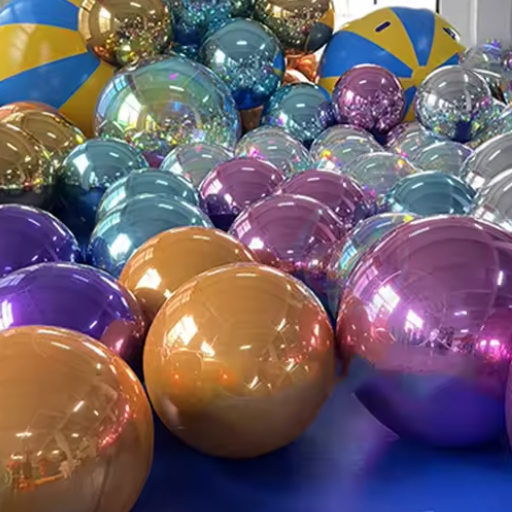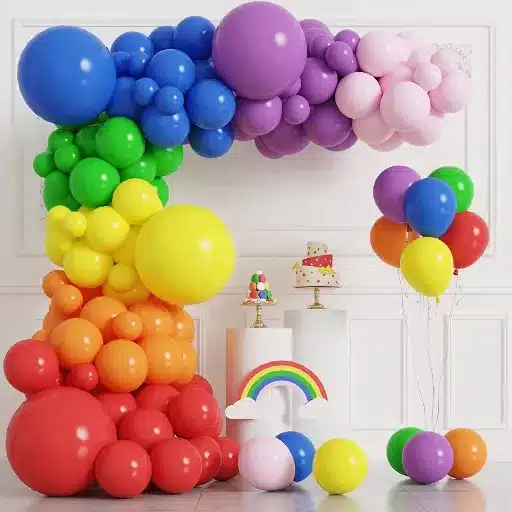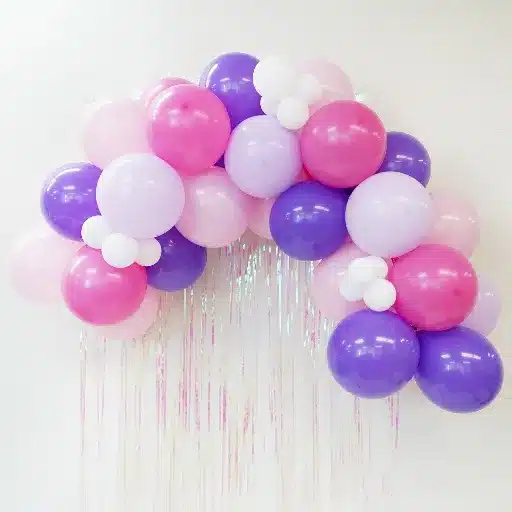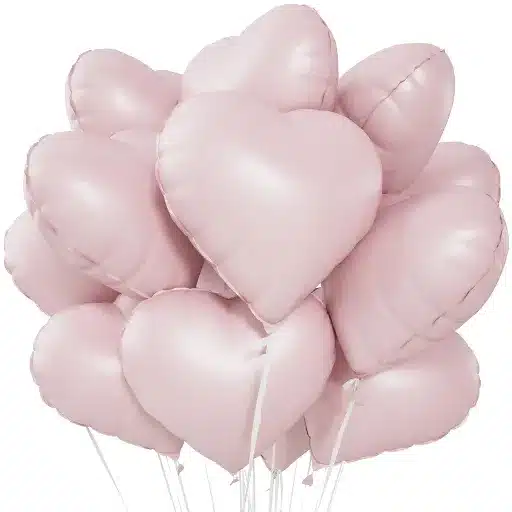Balloons have a special way of rendering any occasion happy—from birthdays to weddings. Yet one problem that frustrates balloon lovers is losing helium prematurely, which just cuts the fun short. There’s always a question bothering someone: how does one make helium balloons last longer and stay afloat for more time? This guide is prepared to expose you to some practical and effective methods to keep helium balloons inflated and have gorgeous room decorations for any celebration.
Understanding Helium Balloons
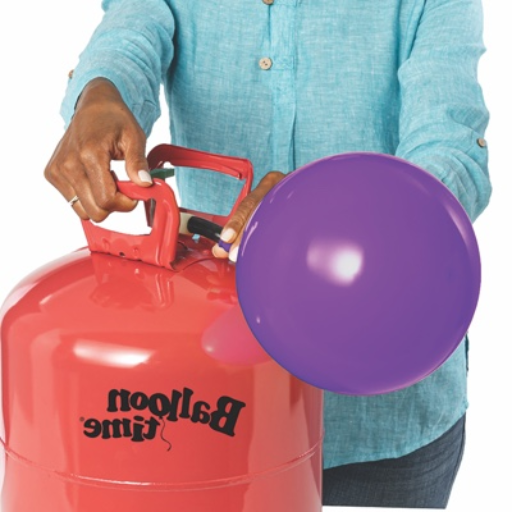
Just as gas balloons rise, helium balloons float due to the less dense nature of helium gas compared to atmospheric air. Over time, helium molecules escape through the wall of the balloon, causing it to gradually lose buoyancy and eventually sink. Depending on the structure of the balloon, its size, and outside conditions such as temperature, the duration a balloon can remain afloat varies significantly.
What Are Helium Balloons?
Basically, a helium balloon is an inflatable object filled with helium—a gas lighter than air—which therefore floats and is generally used for decoration, celebration, or advertisement.
How Long Do Helium Balloons Last?
The lifespan of helium balloons depends on a variety of factors, including the balloon’s material, environmental conditions, and treatments applied:
- Latex balloons: Typically last 8 to 12 hours in normal conditions
- Treated latex balloons: With Hi-Float treatment, can maintain buoyancy for 2-3 days
- Foil or mylar balloons: Can last 3-5 days, sometimes up to a week indoors
Factors Affecting Helium Balloons’ Lifespan
Several key factors determine how long your helium balloons will stay afloat:
Material of Balloons
Latex balloons remain airborne for a shorter time (12-24 hours), while foil balloons can stay afloat for days or weeks due to their less porous surface.
Environmental Temperature
Extreme temperatures significantly impact balloon lifespan. Heat makes helium expand and escape quickly, while cold shrinks helium, reducing the balloon’s buoyancy.
Humidity Conditions
High humidity weakens latex balloons, causing more helium to escape. Low humidity helps maintain balloon integrity longer.
Quality of Helium
Purer helium with fewer impurities performs better and enhances balloon longevity.
Size of Balloon
Larger balloons hold more helium and stay afloat longer. Small balloons lose helium faster due to their limited volume.
Choosing the Right Balloons

Selecting the appropriate balloon type is crucial for longevity. Consider these factors:
- Material: Latex balloons are cheaper and biodegradable, while foil balloons are more durable
- Size: Bigger balloons carry more helium and float longer
- Purpose: Match balloon designs to event themes
- Environment: Choose weather-resistant balloons for outdoor settings
Latex vs. Foil Balloons Comparison
| Key Point | Latex Balloons | Foil Balloons |
|---|---|---|
| Material | Natural rubber, biodegradable | Mylar (metalized plastic), non-biodegradable |
| Durability | Shorter lifespan, porous | Longer lifespan, airtight |
| Float Time | 12 hours to a few days | Up to weeks |
| Cost | Affordable, ideal for bulk purchases | More expensive, better for small quantities |
| Shapes | Basic shapes (round, heart) | Intricate shapes (letters, animals) |
| Environmental Impact | Eco-friendly, decomposes quickly | Not recyclable, higher environmental impact |
| Event Suitability | Short-term events (birthdays, weddings) | Long-term events (corporate, exhibitions) |
| Reusability | Single-use | Can be deflated and reused |
Benefits of Helium-Filled Balloons
Helium balloons offer numerous advantages for various occasions:
- Longer Float Time: Stay airborne longer than air-filled balloons
- Effortless Setup: Float naturally with minimal support needed
- Versatile Decoration: Perfect for arches, centerpieces, or standalone displays
- Safety: Helium is non-flammable, safe around heat sources
- Marketing Potential: Excellent for branding and personal messages
Expert Tips to Make Balloons Last Longer
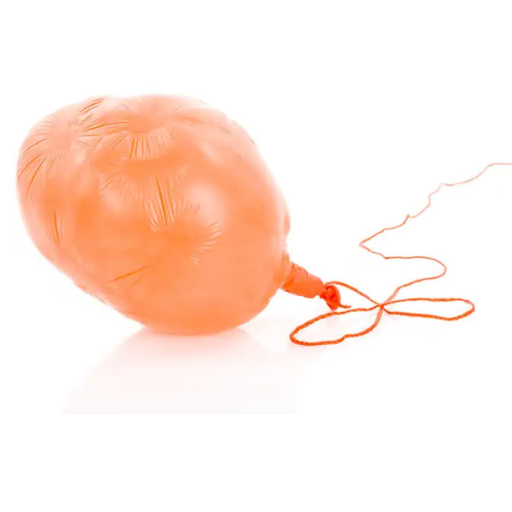
1. Select Only High-Quality Balloons
Choose balloons made from durable materials like thick latex or foil. Premium latex balloons can last 24+ hours with helium, while foil balloons can last several days or weeks.
2. Avoid Over-Inflation
Over-inflation increases burst risk due to excessive pressure. Fill balloons to their appropriate size to enhance durability and appearance.
3. Keep Away From Heat and Sunlight
Direct heat and sunlight cause balloons to expand and thin out, hastening deflation. Store balloons in cool, shaded areas.
4. Use Balloon Treatments
Latex balloons treated with products like Hi-Float can extend float time significantly. These treatments create an internal barrier against helium escape, adding 1-2 days to buoyancy.
5. Proper Storage
Store unused balloons in cool, dry places away from sharp objects and extreme temperatures to maintain elasticity.
Proper Inflation Techniques
Follow these essential techniques for optimal balloon performance:
- Use a Balloon Pump: Hand pumps or electric inflators provide better control than manual inflation
- Follow Size Guidelines: Check recommended sizes and use a sizer to prevent over-inflation
- Maintain Even Inflation: Inflate steadily to prevent weak spots that increase popping risk
- Secure the Neck Properly: Tie tightly with no gaps or twists in the knot
- Use Appropriate Pressure: Regulated helium tanks ensure consistent pressure for optimal float time
Effective Balloon Storage Methods
Proper storage is key to maintaining balloon quality and longevity:
Temperature Control
Maintain temperatures between 50°F (10°C) and 77°F (25°C). Studies show balloons in ideal conditions last 40% longer than those exposed to extreme temperatures.
Protect From UV Exposure
Sunlight degrades balloon materials, making them brittle. UV exposure can cause deterioration in just a few hours.
Use Airtight Storage
Store balloons in airtight containers or resealable bags. This reduces oxidation by 20% and maintains quality longer.
Avoid Sharp Objects
Keep storage areas clear of anything that could puncture balloons, as even tiny nicks compromise their effectiveness.
Inventory Rotation
Use older balloons first. Latex balloons should be used within 1-2 years, while foil balloons can last up to 5 years when stored properly.
Maintaining Balloons During Events
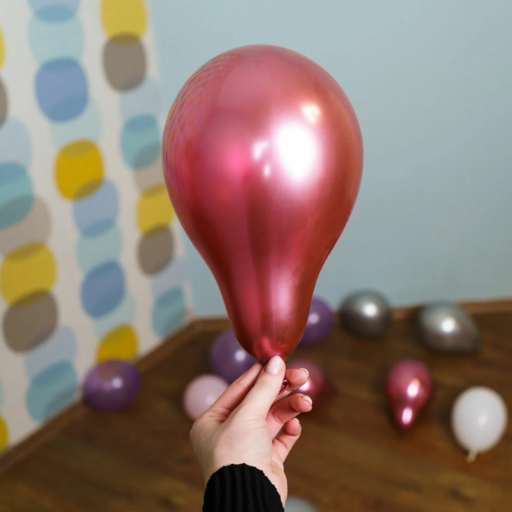
Keep your balloons looking perfect throughout your celebration:
- Inflate balloons shortly before the event begins
- Keep away from direct sunlight and heat sources
- Avoid areas with sharp objects or ceiling fans
- Use quality ribbons and weights for secure anchoring
- Apply helium sealant to latex balloons for extended float time
Safety Considerations
Keeping Balloons Away from Pets
Protect your pets by:
- Storing balloons in pet-inaccessible areas
- Cleaning up balloon pieces immediately if they pop
- Using pet-safe alternatives like fabric bunting for pet-friendly spaces
- Supervising pets around balloon displays
Best Practices for Balloon Display
- Choose Quality Materials: Invest in durable latex or foil balloons
- Secure Properly: Use balloon weights or attach to stable fixtures
- Avoid Over-Inflation: Fill to proper size to prevent premature popping
- Mind the Environment: Keep away from heat sources and direct sunlight
- Dispose Responsibly: Never release balloons into the environment
References
-
Using Hot Air Balloons to Boost Middle School Students’ Understanding of the Mole Concept
This academic paper discusses helium balloons in an educational context, including their behavior and properties.
Read the paper here -
Spheres
This document explores the behavior of balloons in various conditions, including deflation and altitude effects.
Access the document here -
An Automated System for Measuring Microphysical and Radiative Cloud Characteristics from a Tethered Balloon
This study includes insights into balloon deflation and operational considerations in scientific experiments.
View the study here
Frequently Asked Questions
Use Hi-Float, a liquid coating applied inside latex balloons that seals helium molecules and significantly extends float time.
Latex helium balloons generally last 8-12 hours, while mylar or foil balloons can float for several days.
Fill balloons to the correct size without over-inflating. Over-inflation stresses the material and causes faster helium leaks.
Store balloons in air-conditioned rooms away from direct sunlight and heat sources. Cool environments help maintain float time longer.
Yes, foil balloons are less porous and retain helium more effectively, preventing gas from escaping quickly.
Keep balloons in cool, dry places away from pets and sharp objects. For transport, use large plastic bags for protection.
Avoid hot weather, direct sunlight, sharp objects, and hot cars. These conditions cause rapid deflation or balloon damage.
Pour a small amount into the balloon before inflating, then swirl to coat the inside. This prevents helium from escaping and extends float time significantly.
Yes, bubble balloons are made from durable material that holds helium effectively, allowing them to float longer than traditional latex balloons.
Conclusion
By following these expert tips and techniques, you can significantly extend the life of your helium balloons and create stunning displays that last throughout your entire event. Remember to choose quality materials, use proper inflation techniques, and store balloons correctly for the best results. Whether you’re planning a birthday party, wedding, or corporate event, these strategies will help ensure your balloon decorations remain beautiful and buoyant for as long as possible.

